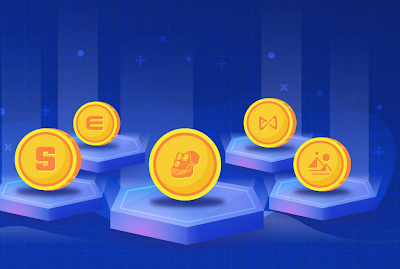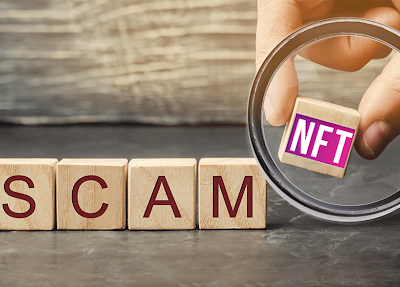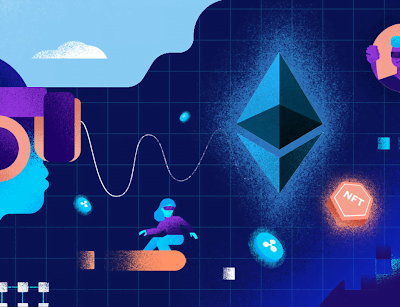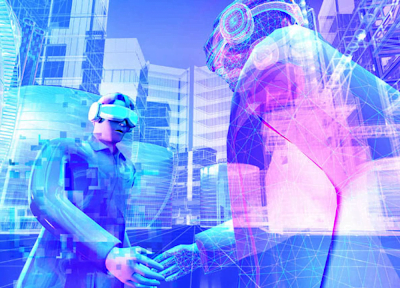Over the years, the web has changed noticeably from its original form. As a result, web applications nowadays are entirely unidentifiable from the past web. Web evolution is divided into three categories: Web 1.0, Web 2.0, and Web 3.0. Web 1.0 (1990-2005) is the prime iteration of the web. At this time, the web was either used by consumers of the content or the developers of the websites. The websites displayed information in the form of text and images. The websites of this iteration used static content instead of dynamic HTML.
Web 2.0 (2006-present) is a social web where anyone can participate in content creation irrespective of their knowledge. Almost all of us have experienced the web initially in this state. Some applications are specially created for people to share their content on Web 2.0. However, Web 3.0 is an advanced web iteration that aims to overcome shortcomings by reinventing new resolutions for web infrastructure and software interaction.
Understanding Web 3.0 – The Internet’s Next Generation:
There are many differences between Web 2.0 and Web 3.0. However, decentralization is a common trait between both. Further, we will discuss the various aspects of Web 3.0.
Characteristics of Web 3.0:
No Need for Permission:

Anyone with a proper internet connection can use Web 3.0. It is open-source software. You do not need special equipment or anything to access it.
Robust:

Built using technologies such as artificial intelligence, machine learning, and the semantic web, Web 3.0 is considered a haven for the next-generation internet users. Web 3.0 uses blockchain technology, which makes it decentralized, meaning there is no mediator to interfere with, making it safer.
Stateful, Verifiable, and Trustless:

Web 3.0 is stateful and uses the network connection to hold the state. Moreover, it is capable of being verified. Furthermore, Web 3.0 is trustless, meaning there are no strangers, institutions, and third parties involved in any marketplace or transaction.
Decentralized and Self-Governing:

Web 3.0 does not support a centralized server to store data or for applications to work. Additionally, Web 3.0 has no central governing authority. Usually, the users of the platform contribute to its maintenance.
Advantages of Web 3.0:

Web 3.0 is the future of the web and aims to provide users with everything that can maintain their interest. Here are some of the advantages of Web 3.0.
- There is no central authority to control the user data, making it more secure and private.
- Due to the absence of central authority, there is no internet censorship.
- Being decentralized, the users are the king of Web 3.0.
- In Web 3.0, users get paid for their contributions to the network.
- The users have total control over what they do on the network and how they use it.
- As Web 3.0 use AI technologies, marketers can use it to study the behavior of the users for better understanding.
Disadvantages of Web 3.0:

Without a central authority to moderate, there is a possibility that some users can try to abuse the network. Here are some disadvantages of Web 3.0.
- Web 3.0 uses various technologies such as blockchain, AI, and machine learning. As a result, the user will need a device with above-average specifics to run.
- With so many technologies involved in Web 3.0, it may be hard for some users to understand it completely.
- Current websites will need an upgrade with the increasing popularity of Web 3.0.
- Some experts think that Web 3.0 has the potential to increase cyberattacks because there is no central authority involved to regulate the network.
Conclusion:
The term Web 3.0 was first introduced by Polkadot’s founder and Ethereum’s co-founder Gavin Wood in 2014. Accordion to him, Web 3.0 is a decentralized online ecosystem based on blockchain. Web 3.0 is way different from Web 2.0. Web 2.0 focuses on centralized websites which are interactive and full of user-created content. However, Web 3.0 give more control to the users. Thus, these are the essentials of Web 3.0 you need to know. We hope that you found our article informative.





